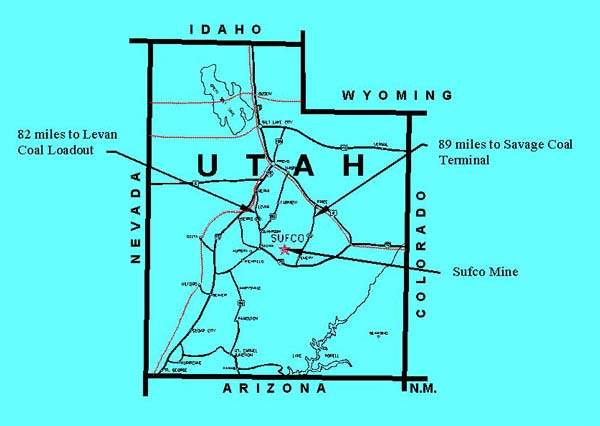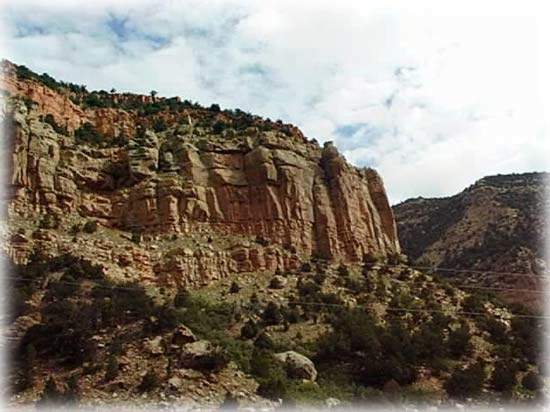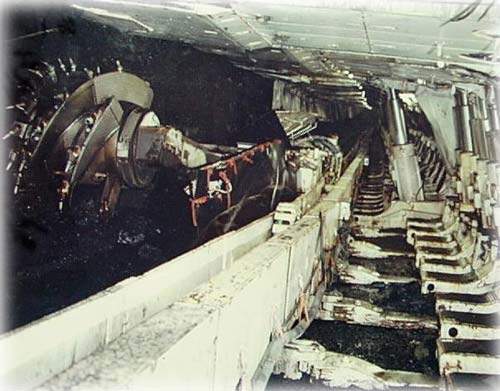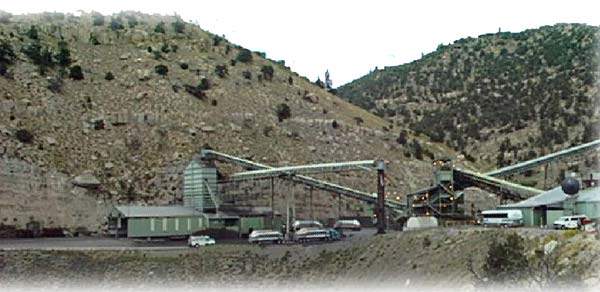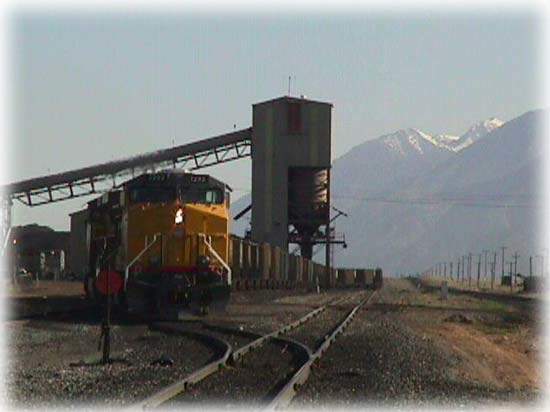The SUFCO longwall coal mine is located 50km north-east of Salina, Utah, and 200km south of Salt Lake City, US. The name derives from the former owner, Southern Utah Fuel Co.
It was operated by Canyon Fuel, which was previously owned by Arch Coal (65%) and Japanese interests (35%). It has been wholly owned by Arch since mid-2004.
Canyon Fuel was purchased by Bowie Resources in June 2013 and Bowie changed its official name to Wolverine Fuels in October 2018. The mine is currently owned and operated by Wolverine Fuels.
The Bureau of Land Management (BLM) approved SUFCO mine lease modifications for coal production on the federal lands in February 2019. The approval will generate up to 383 direct jobs and extend the life of the mine by five years.
SUFCO has been in production since 1941, initially as a room-and-pillar coal mine and more recently as a high-performance longwall operation. Production in 2005 was 6.8Mt, in line with previous years. As the largest coal producer in Utah, the mine exports steam coal through the port of Los Angeles to customers in Japan.
The current annual coal production capacity of the mine is approximately 6Mt, sufficient to meet the electrical needs of three million households a year.
Geology and reserves of the SUFCO mine
The SUFCO mine is located in the Wasatch Plateau coalfield, producing coal from the Upper Hiawatha seam hosted in the Cretaceous-age Blackhawk formation. With thicknesses ranging from 2.1m to 6.1m, the seam averages 4.1m, is generally flat-lying and covered by an average 335m of overburden that can reach 700m in the rugged overlying topography.
Remaining longwall reserves are limited in the mine’s existing leases, with the last seven panels containing an estimated 41Mt of recoverable coal. Arch’s acquisition of full ownership of Canyon Fuel Co. has expanded the operation’s resource base to some 145Mt within the district, with mineable reserves standing at 52Mt at the end of 2005.
Longwall mining method
The current working areas are some 16km from the mine entrance in East Spring Canyon. Longwall mining was first used at SUFCO in 1985 with the current face equipment installed in 1998. A minimum seam thickness of 2.6m is mined. Panel 18 was the first ‘super-panel’ to be developed, with a 283m face length and a panel length of 4.3km.
The panel mined during late 2000 (panel 22) had a length of 5.7km and contained 6.9Mt of coal. Equipment moves between panels, which are scheduled to take 8–12 days, occur once a year on average and involve moving nearly 5,200t of machinery distances of up to 6km underground.
The current longwall face is equipped with a Joy 7LS-3 shearer matched with Joy face support shields and a Deutsche Bergbau Technik (DBT) armoured face conveyor and stage loader. The specified maximum face output is 4,540t/h, and longwall production is controlled to 2,300t/h, giving a typical daily output of 22,700t. Run-of-mine coal off the face is crushed to –50mm using an MMD 500 pick-type sizer before entering the belt conveyor network.
With a total installed power of 1,110kW, the shearer cuts a 1.07m-wide strip of coal off the face on each pass, moving at between 8m/m and 12m/m along the face line. The face production rate is constrained to 2,300t/h by the main conveyor system, which has a capacity of 2,700t/h, and on which coal from development headings is also carried.
Gateroad development
As in many longwall operations, gateroad development is a significant hindrance to faster production. SUFCO uses a three-entry gateroad system, mined by Joy 12CM12 continuous miners feeding Joy 10SC32C, 18t-capacity shuttle cars. A Joy four-head roofbolter is also used to install gateroad support.
Coal shipment
SUFCO occupies a very tight site in rugged topography with no immediate access to rail services. The mine has around 27,000t in storage capacity – little more than a day’s output – of which only half is live storage. All the coal produced has to be trucked a distance exceeding 130km to one of two Union Pacific rail terminals, using contractors’ vehicles. Each truck consists of a tractor unit and two trailers and has a capacity of 38t. Two trucks can be loaded simultaneously, at a rate of one minute per truck.
A new 13.3km haul paved road was constructed in Quitchupah Creek Canyon in September 2013 to allow the coal to be trucked eastward for transportation to customers in Castle Valley.
Coal quality
Typical coal quality parameters are:
Moisture – 9.5%
Ash – 8.5%
Sulphur – 0.4%
Heating value – 26.5MJ/kg

